Cambodia’s UNESCO-listed Angkor Archaeological Park comprises over 400 square kilometers around Siem Reap and includes the ruins of dozens of temples. Between the 9th and 15th centuries, several rulers of the Khmer Empire established a new capital city when they took power, with the most famous being Angkor Wat and Angkor Thom. A few people wisely recommended we visit some of the lesser known sites first so they would be more impressive. Many maps of the area divide the archaeological park into two parts, with the smaller inner circuit containing the heavy hitting sights of Angkor Wat and the walled city of Angkor Thom which includes the temple of Bayon with its many eerie carved faces. Following our friends’ advice, we asked our tuk-tuk driver to skip that section and start with the larger outer circuit. We ended up visiting six temples along this route, some of which were truly magnificent. We also stopped to see an old wooden water wheel that our driver was rather excited about.
The first temple we arrived at was Prasat Kravan, a simple five-towered structure built in the 10th century for Hindu worship. The most notable feature of this site is the beautifully restored wall carvings inside the towers.
Nearby lies a large reservoir called Srah Srang, or Pool of Ablutions, that was used exclusively by the royal family. It’s a pretty spot though there isn’t much to see. I read that it presents a lovely sunrise if you’re into that sort of thing (we aren’t). A word to the wise: the children selling trinkets were aggressive here. I came away with a broken heart and some postcards that I didn’t need.
The main reason to stop at Srah Srang is Banteay Kdei right across the street. The ruins of this 12th century monastery are in an advanced state of decay, though restoration work is ongoing. Banteay Kdei was built by Jayavarman VII, the same ruler responsible for iconic Bayon, and its trademark faces can be found on the entrance gates. Most fascinating to me is that this temple is still an active place of worship, and we found a nun tending a small shrine set up inside.
From Banteay Kdei we drove east to Pre Rup, a brick “temple-mountain” built in the 10th century. The climb up the three tiers was brutal under the mid-morning sun, but well worth it for the outstanding view of the temple grounds and surrounding countryside.
At the far northeastern corner of the outer circuit sits Ta Som, another 12th century Buddhist temple built by Jayavarman VII of Bayon fame. This site features some beautiful stone carvings as well as a widely photographed tree that is growing over – and slowly destroying – an entrance gate. Good luck getting a shot of this spot without anyone in it.
After a leisurely lunch at one of the numerous roadside restaurants, we continued on to Preah Khan, our last temple of the day. Built in the 12th century, also by the prolific Jayavarman VII, it served as a Buddhist monastery and school as well as the king’s temporary home while Angkor Thom was being constructed. The complex is massive and took us several hours to explore. At the entrance we encountered the first of many depictions of the Churning of the Ocean of Milk, which we previously learned about at the Angkor National Museum in Siem Reap. Nature is running riot at Preah Khan, with trees growing over and through the crumbling ruins, and the effect was enchanting in the late afternoon light. Splendid wall carvings can be found throughout the complex and a few hidden shrines are tucked away in alcoves, some found by literally crawling through the ruins. This was my favorite temple of the day!
Visitor Information
Admission to all of the temples we visited in this post was included in our Angkor Archaeological Park pass. We opted for a three-day pass (40 USD); one-day (20 USD) and seven-day (60 USD) passes are also available. Visitors caught inside the park without a pass will be fined 100 USD on the spot. All of the temples in the park are open from 5:30am – 5:30pm.
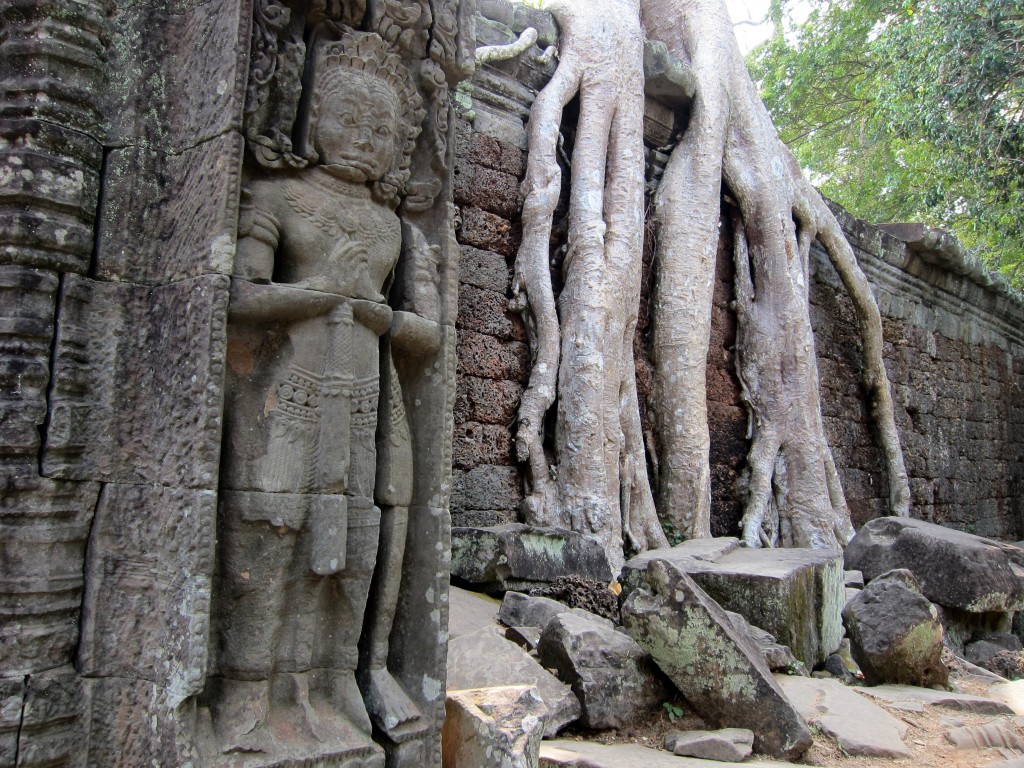
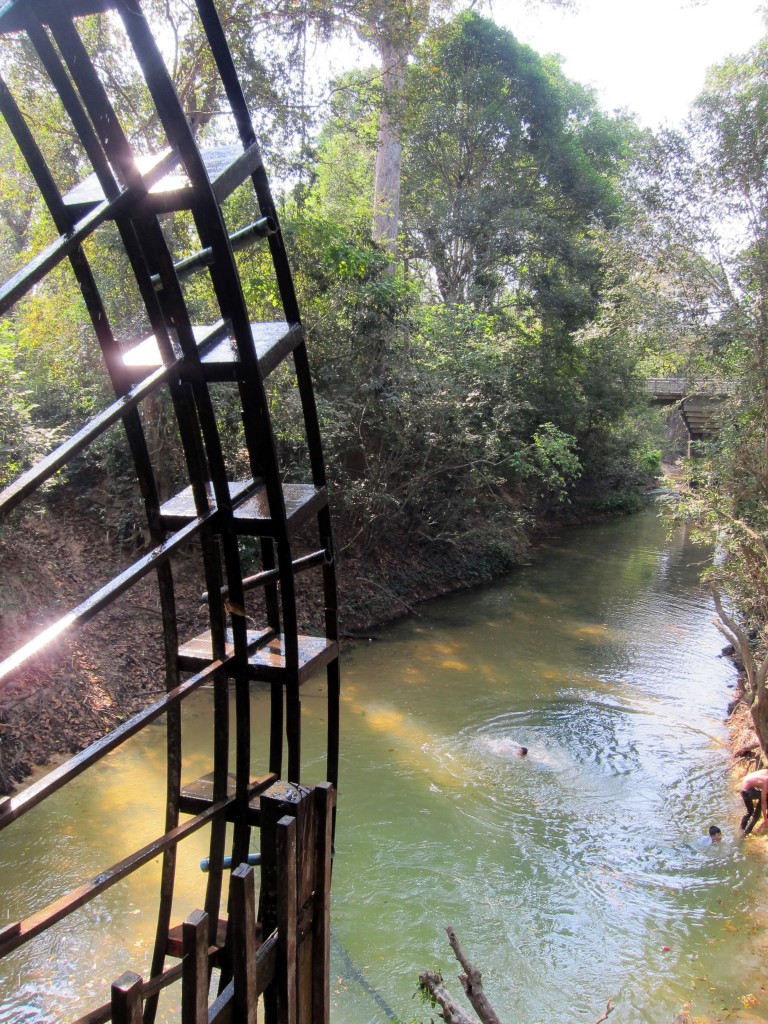
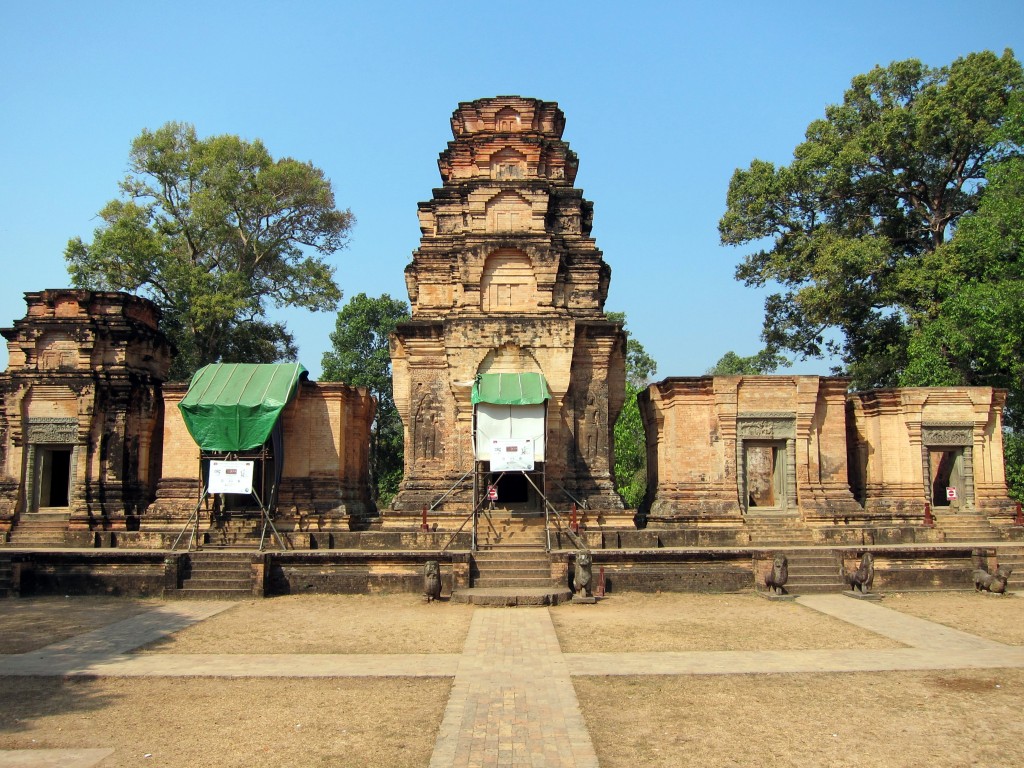
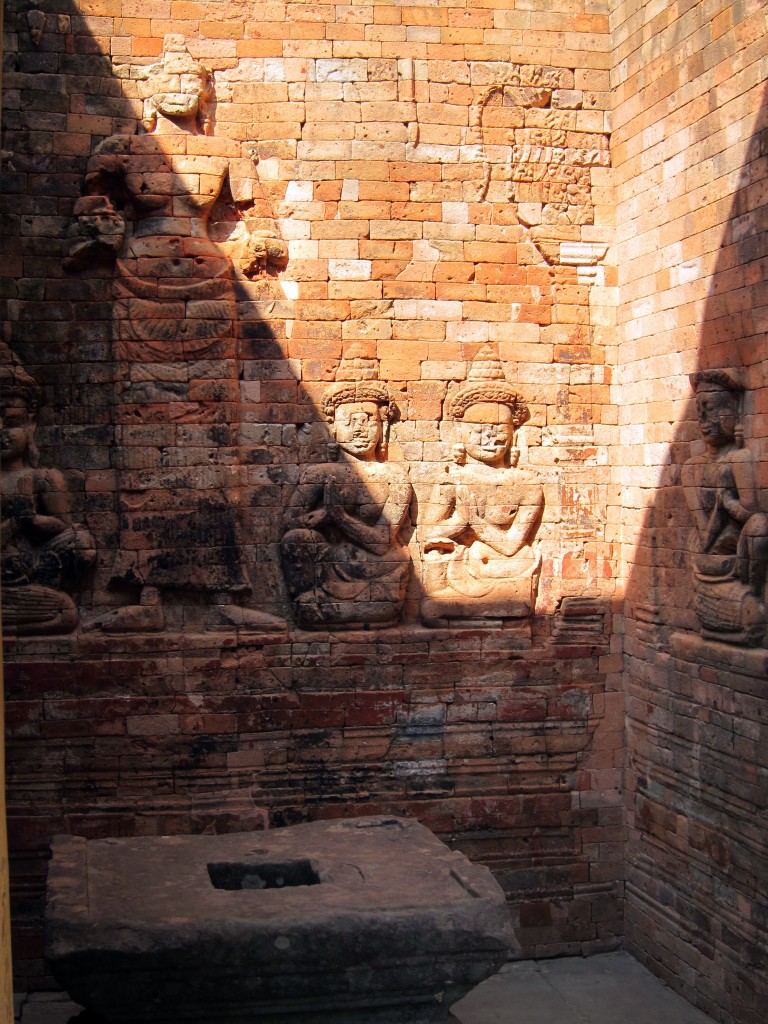
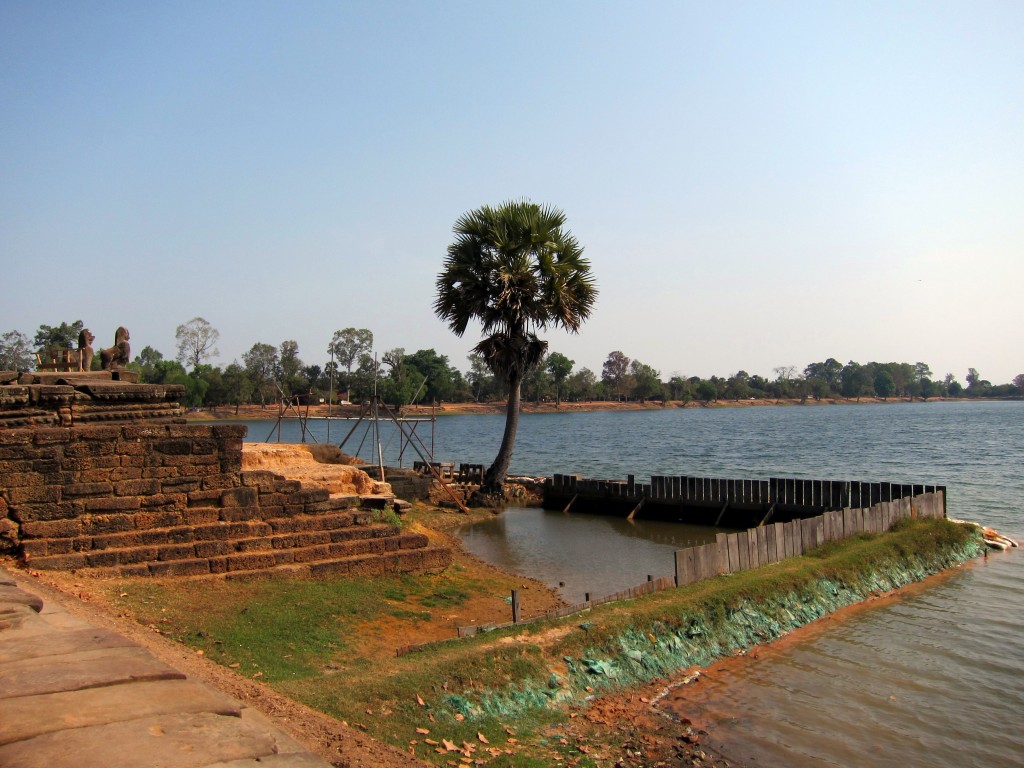
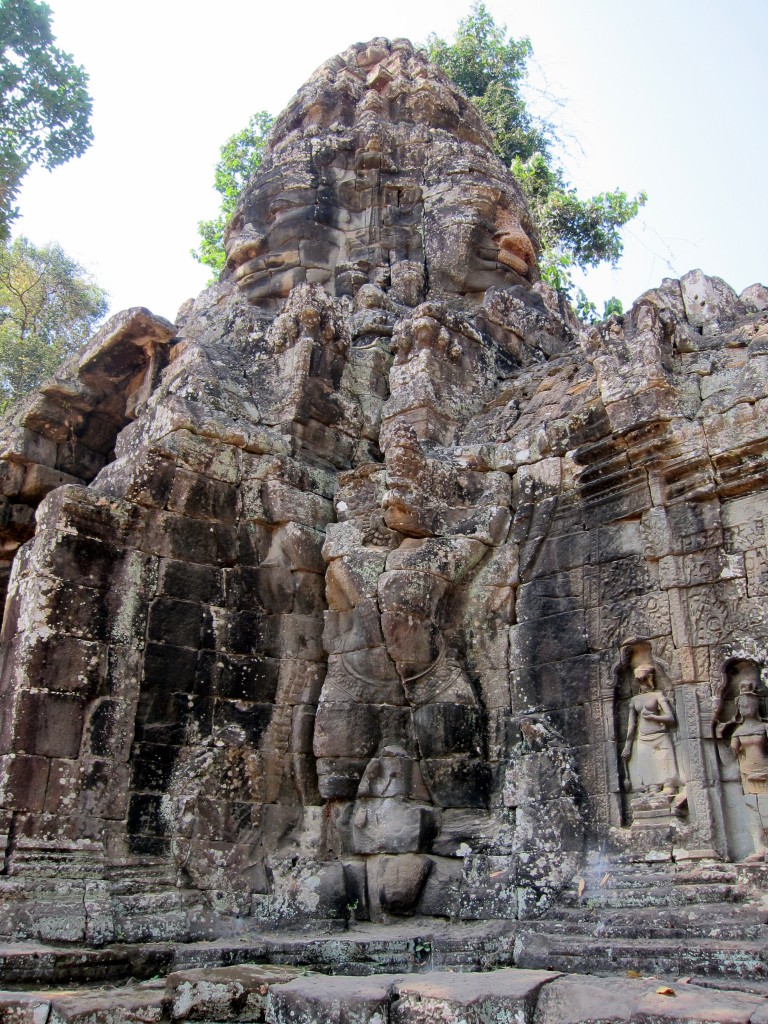
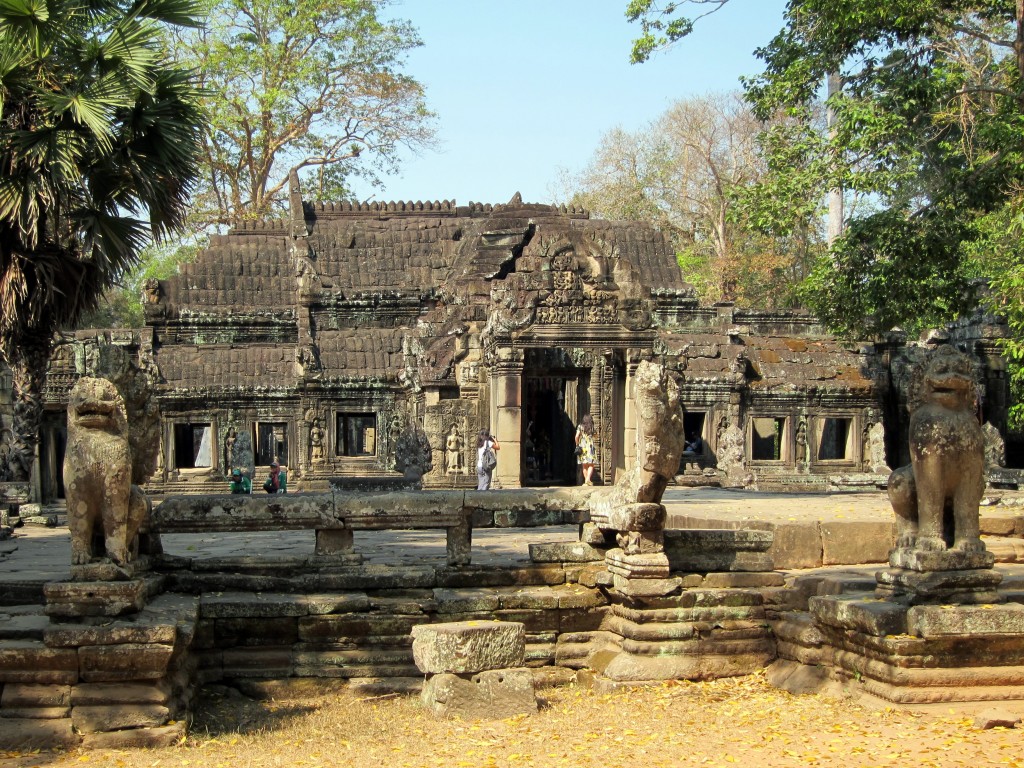
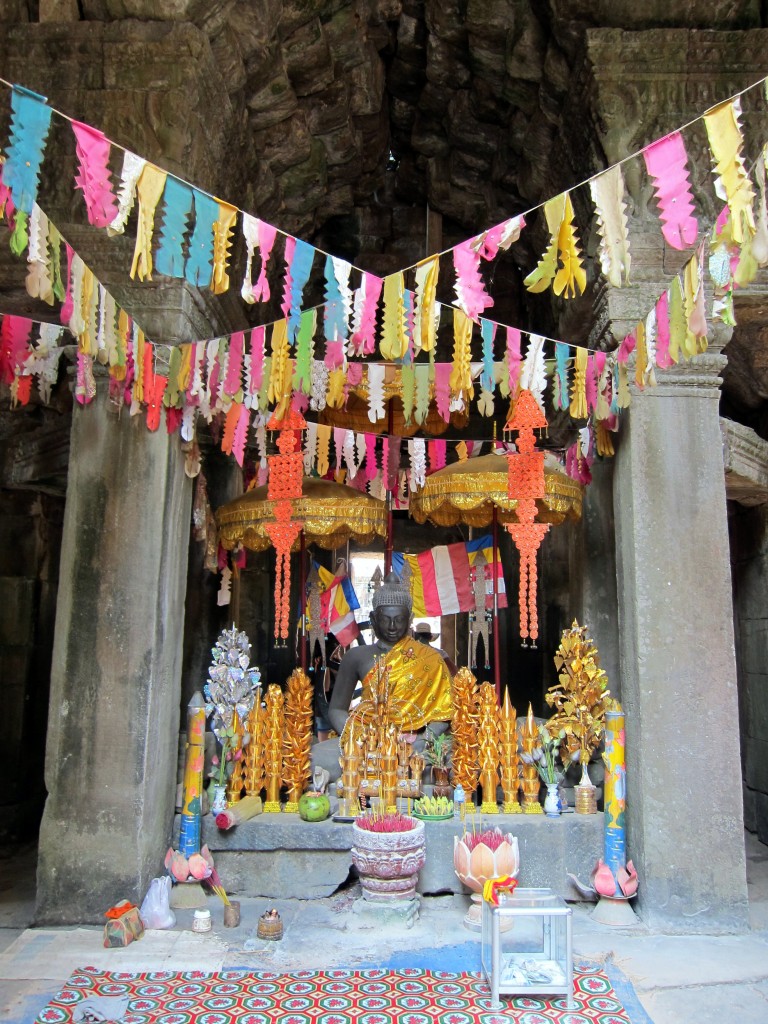
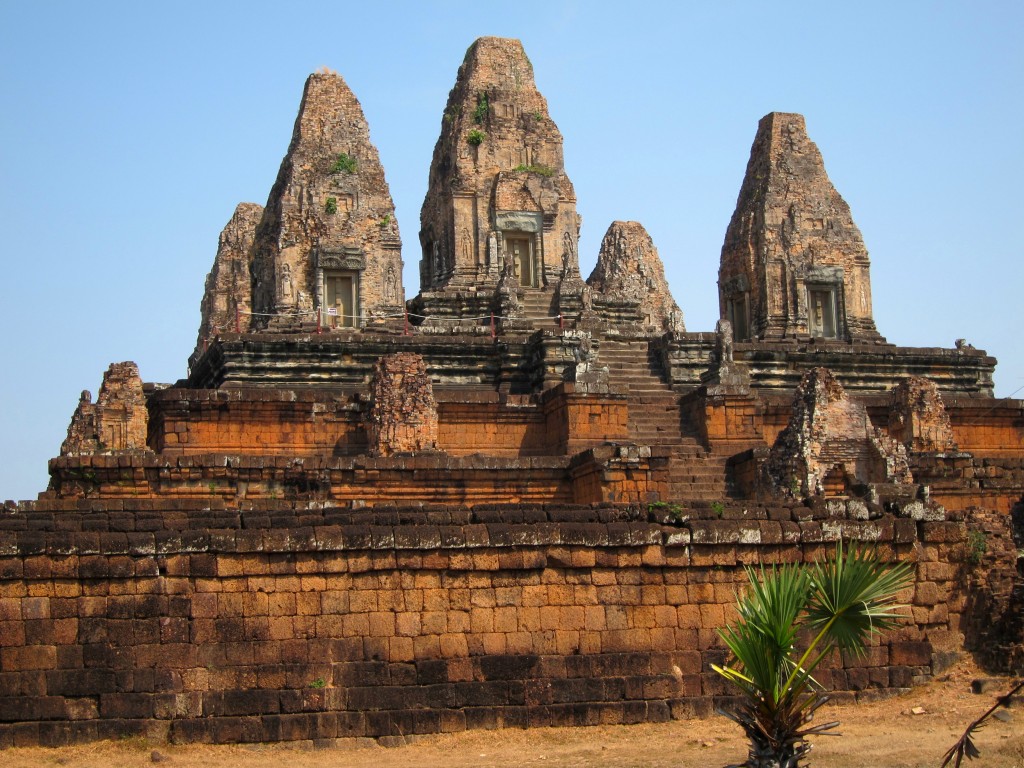
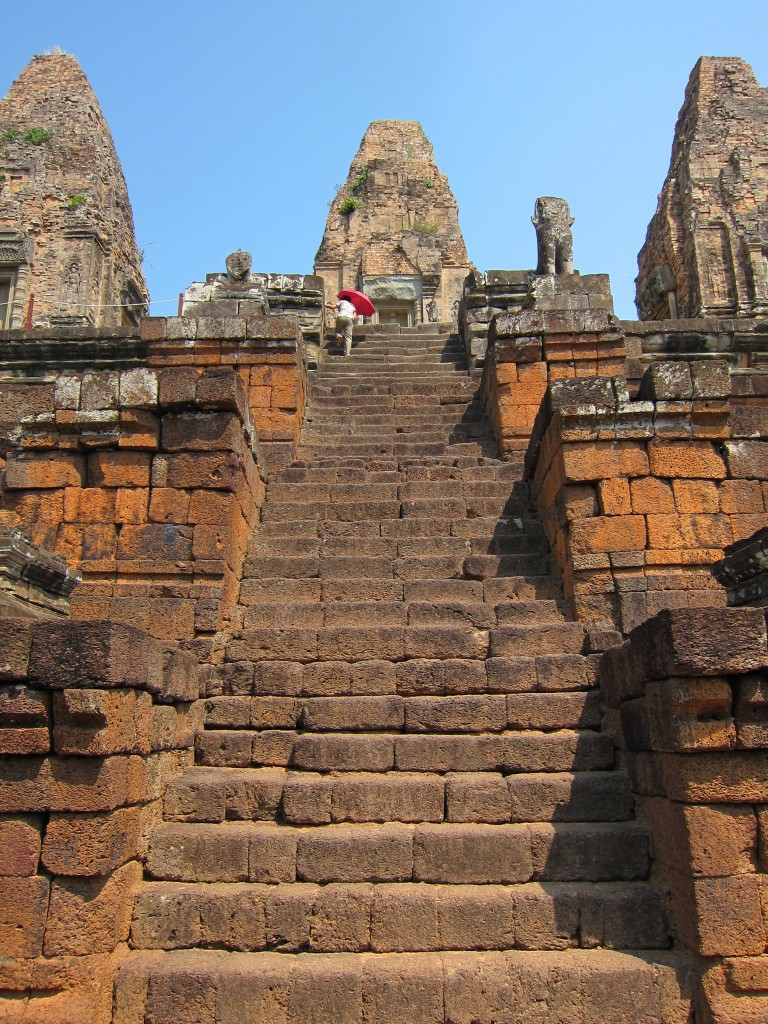
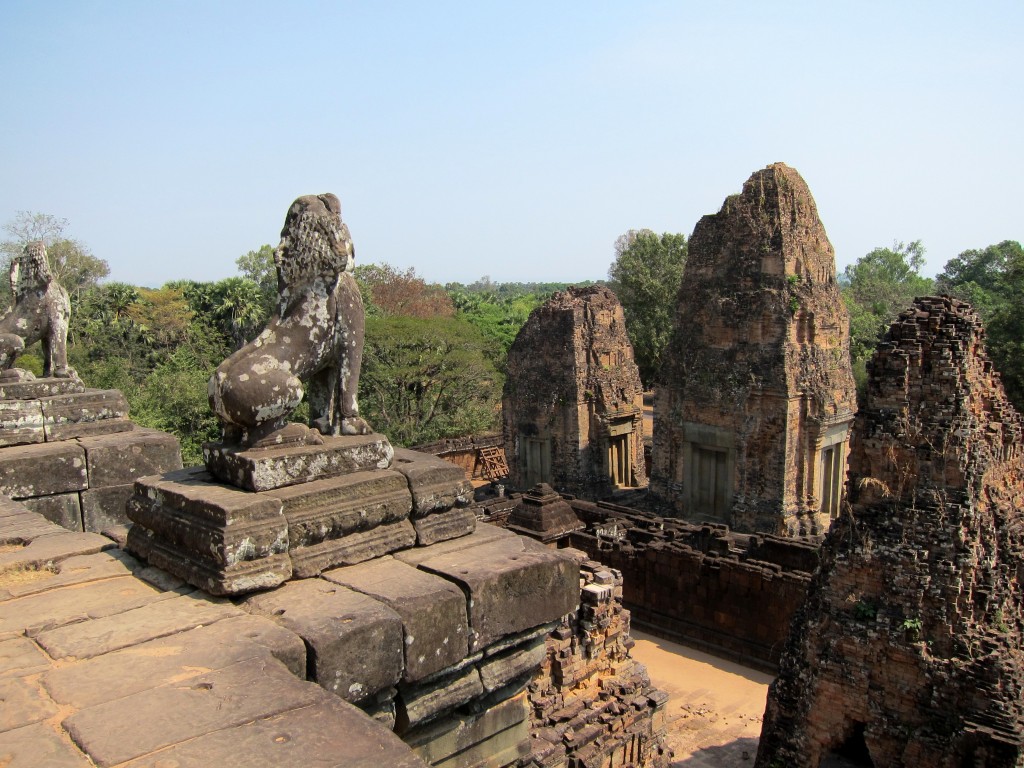
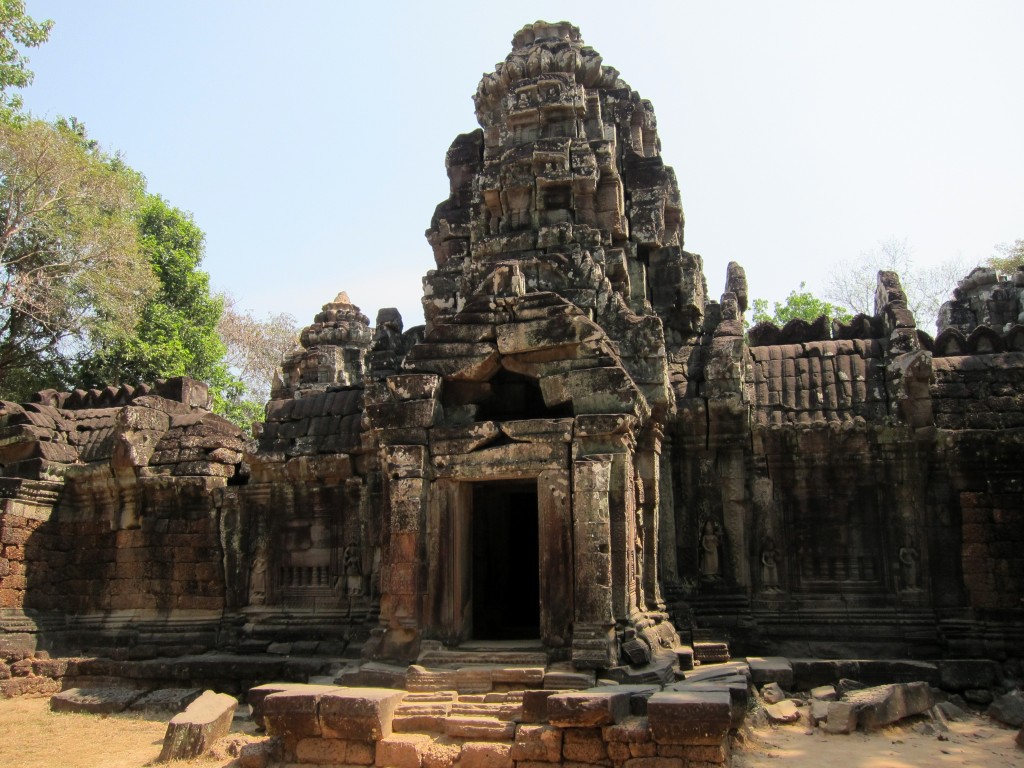
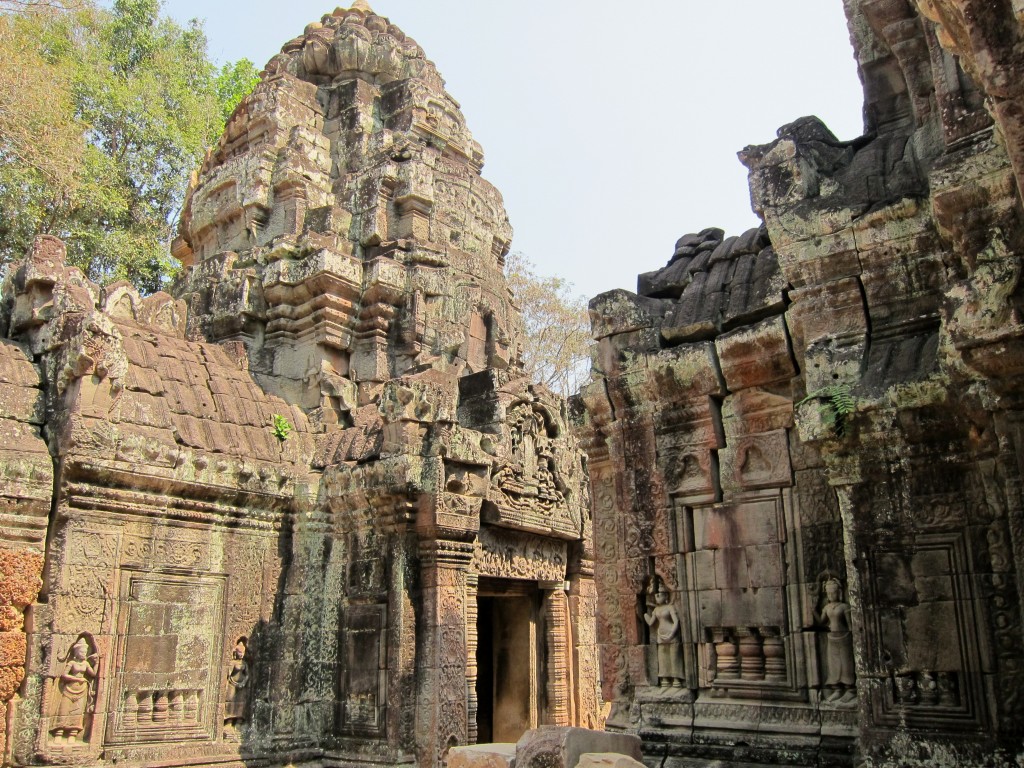
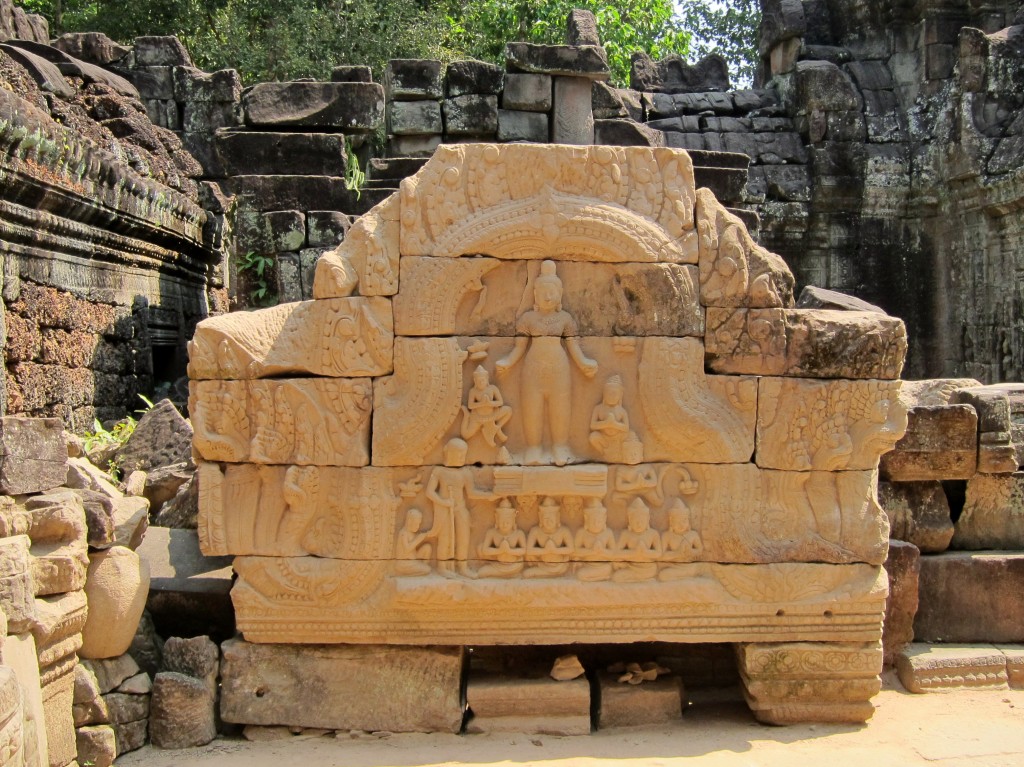
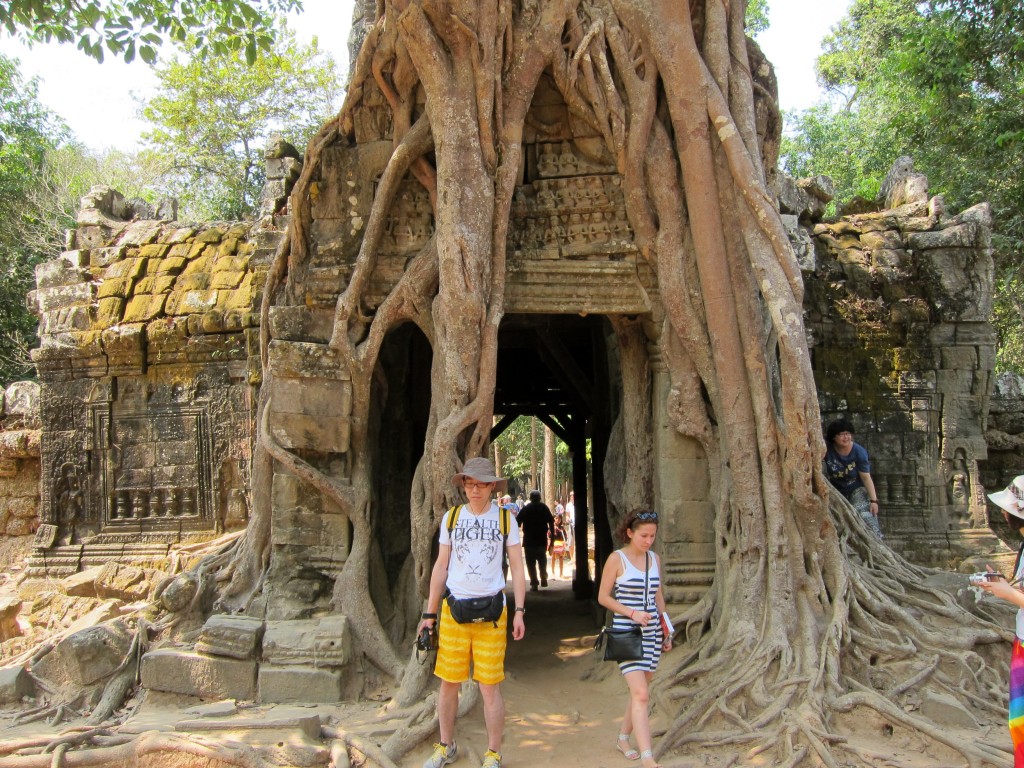
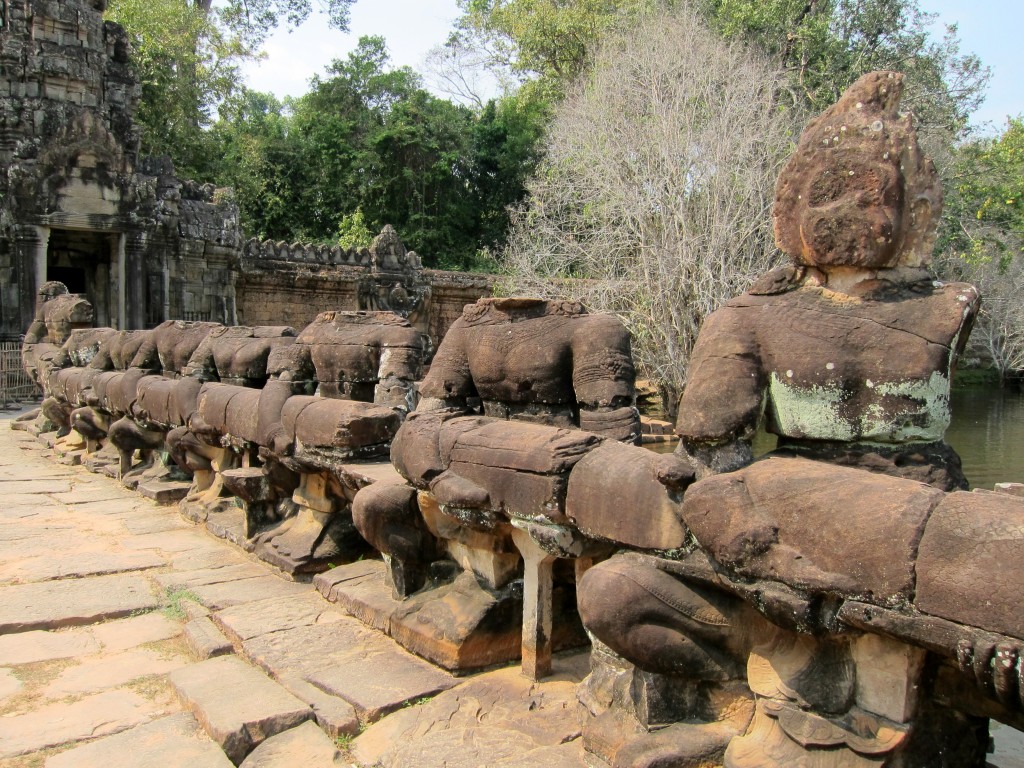
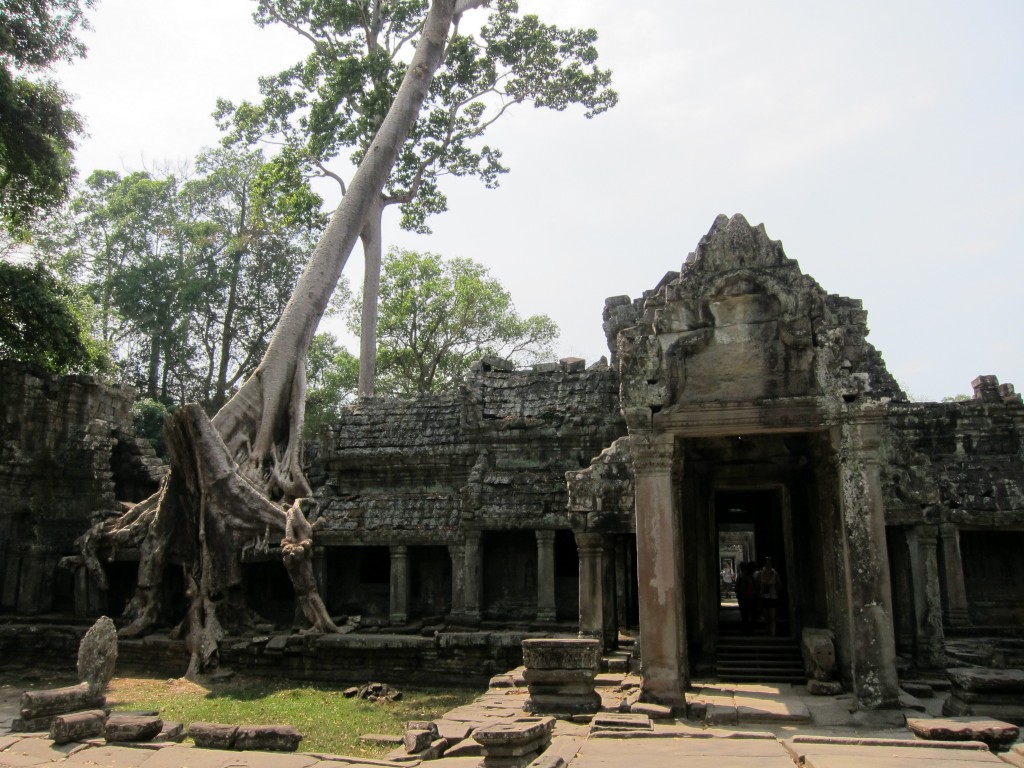
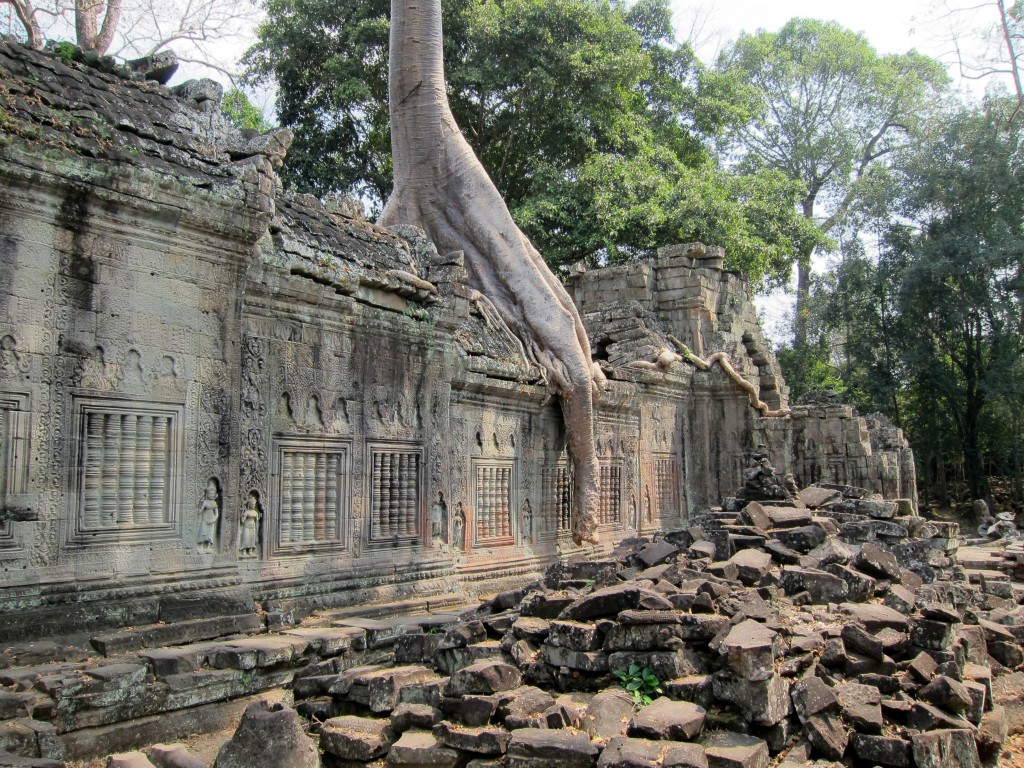
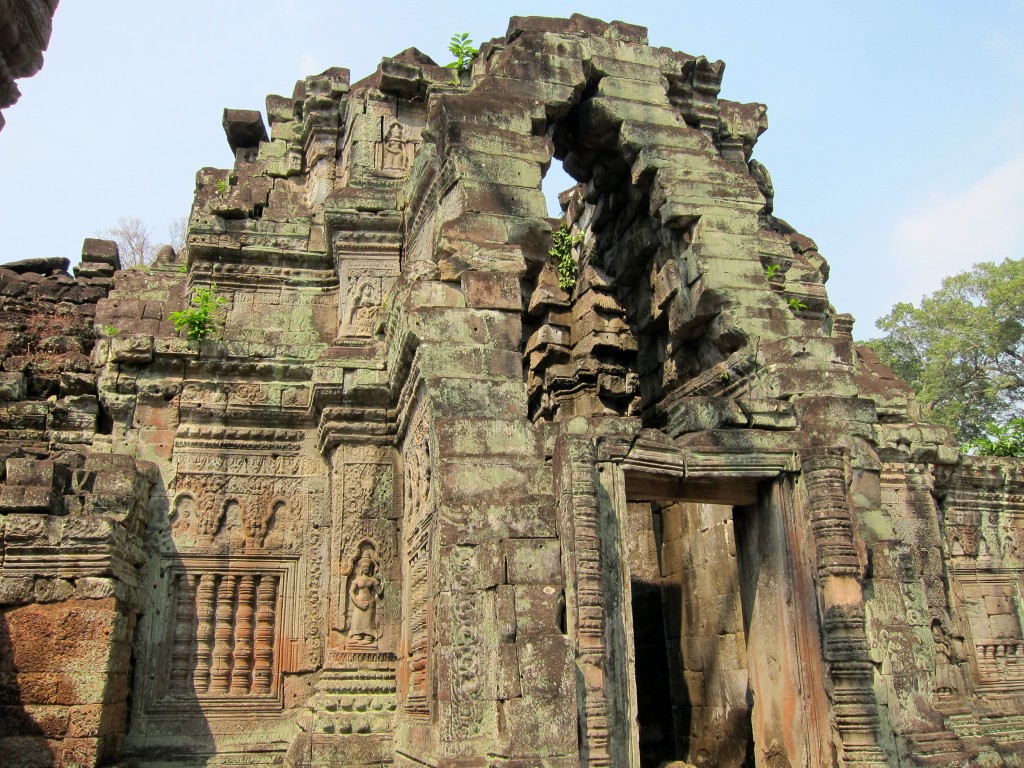
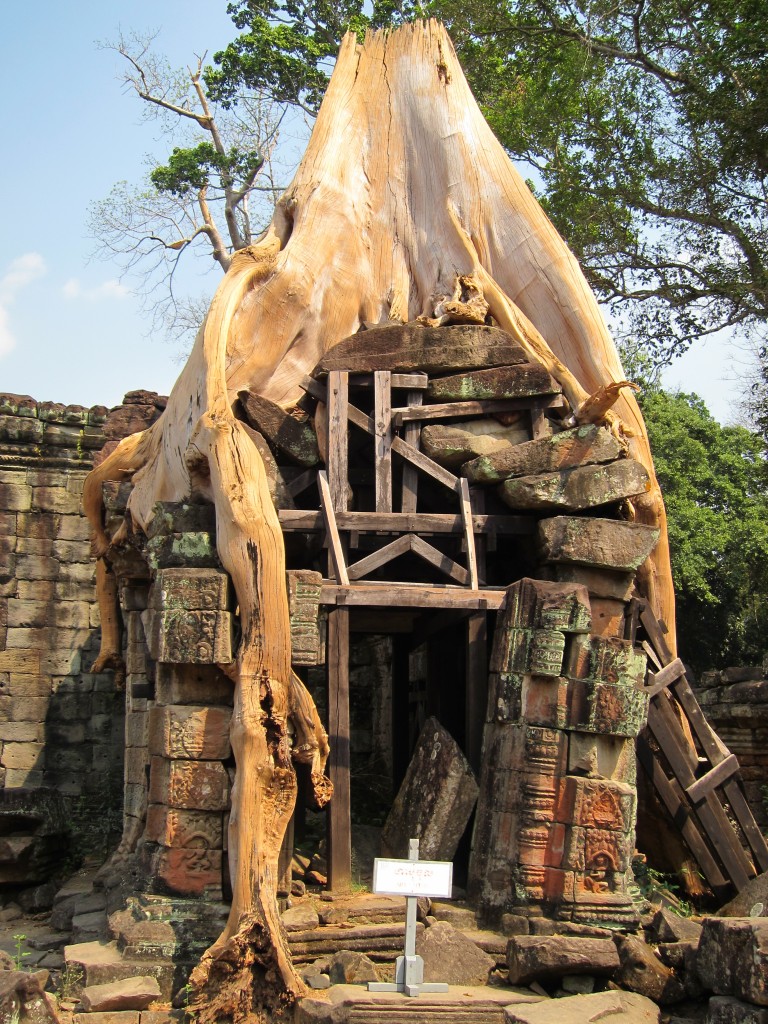
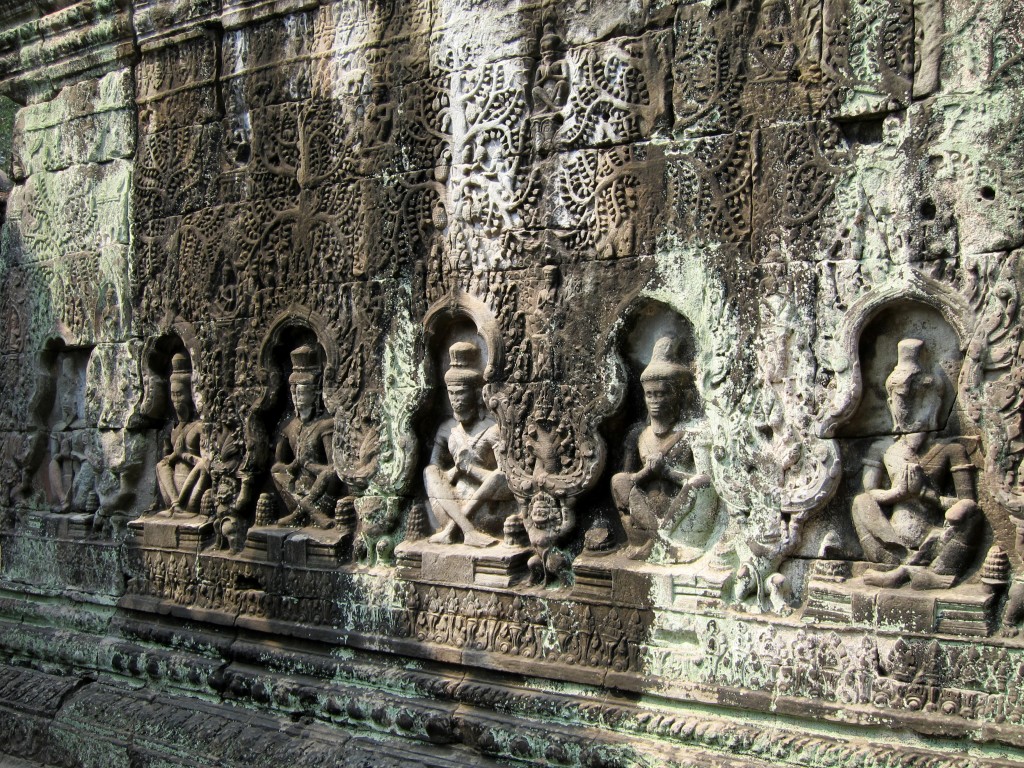
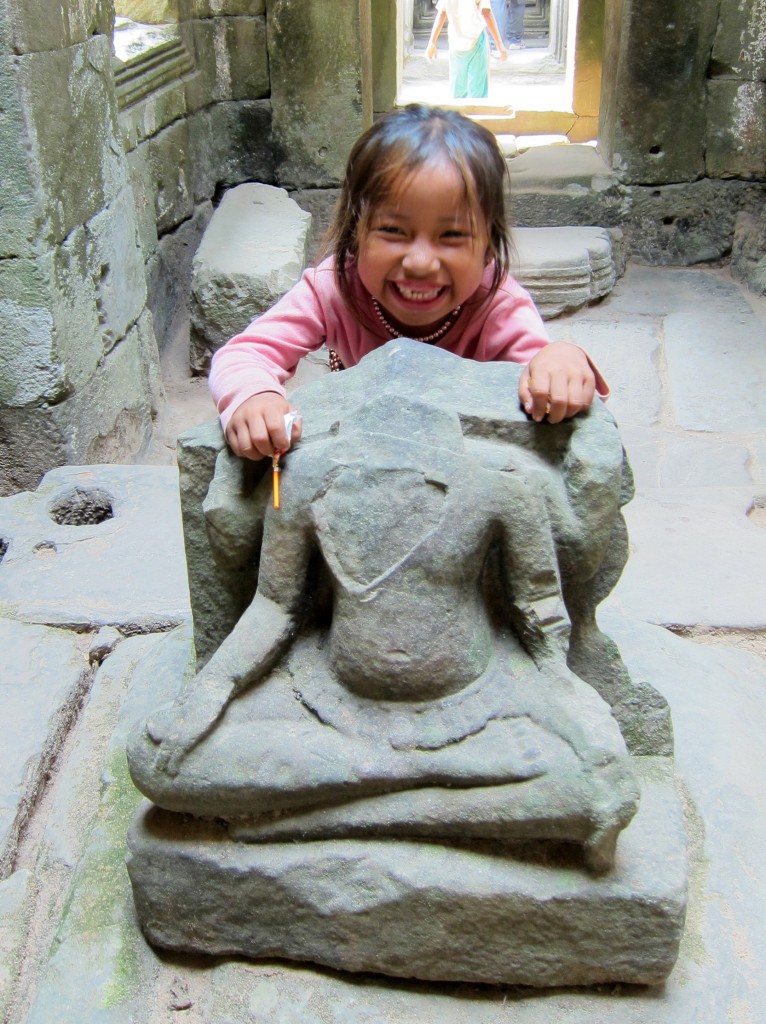
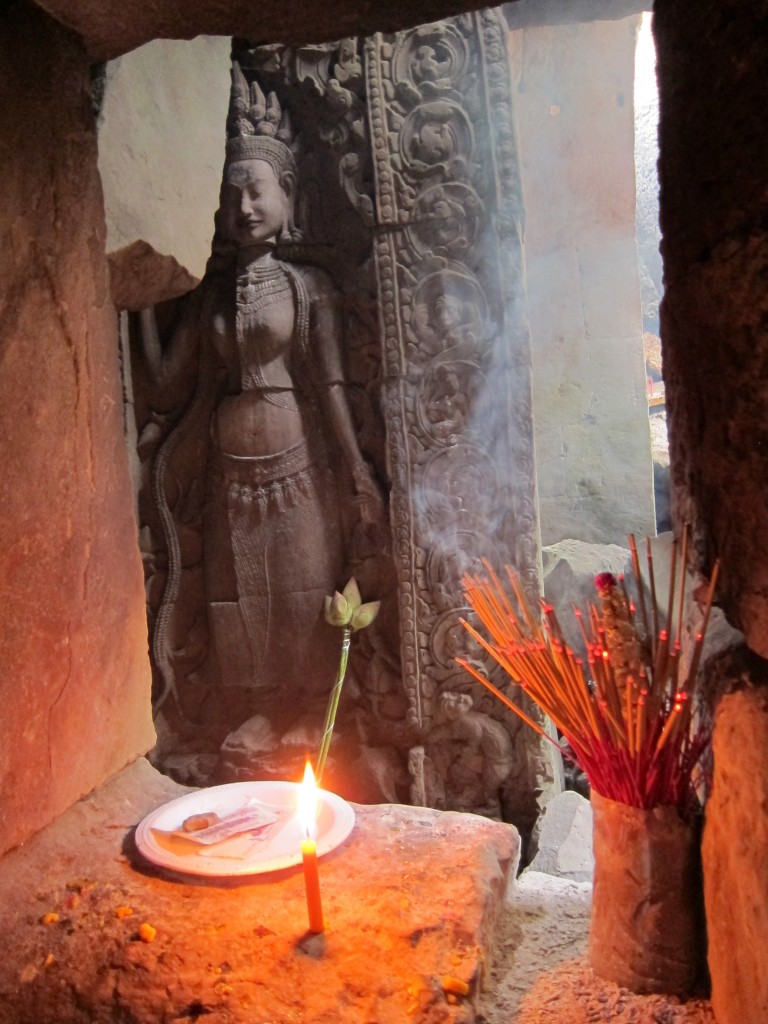
Nice post! Very wise to visit the lesser known temples first. It’s so tempting to do the huge ones and then after that, get templed out. Along the lines of the Mayans and Aztecs, I wonder what really happened to the amazing people who built this phenomenal complex!
Thanks! Yeah, we wanted to work our way up and I’m so glad we did! I read recently that some of these temples were built in a hurry with inferior grade sandstone and started to fall apart soon after they were built. Then with each new king wanting to exert his power and building a whole new city, the older ones were probably just abandoned. Villagers still inhabit the countryside around the ruins and I read that some of them are descendants of the ancient Khmers. Pretty cool!
I went to this temple last year and I must say this is a great piece of art. Temples of Angkor spreaded over a big area very big and one can spend all his day to explore this temple.
That last spot looks simply enchanting!
Just wait, they get even better!
I know I want to return to Siem Reap at some point and the feeling is even stronger after reading your posts. I also visited a number of the outer temples prior to visiting Angkor Wat.
I think I maybe should have also visited a number of the temple ruins in Thailand and Indonesia as well prior to Angkor Wat. All the temple ruins I have visited since the Siem Reap area just can not compare. I am so glad I visited My Son in Vietnam prior to Angkor Wat.
Looking forward to hearing about the rest of your trip.
Thanks Keith! I’m really glad we got to tour the Sukhothai ruins in Thailand before taking this trip! We still have a lot more temples to visit in the world, though, so hopefully I’ll be able to appreciate them for what they are.